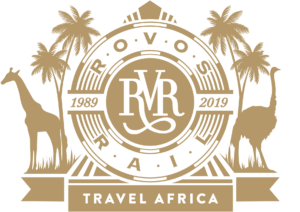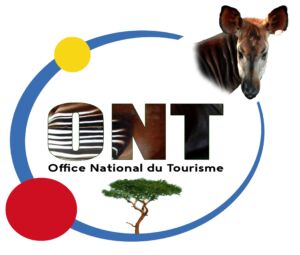Diamond mining is big in the area around Mbuji Mayi. We can find many diamond traders inside the city center and just outside the city there are many open pits where people are searching for diamonds. The safety conditions of these mines are very poor and the equipment and installations are very basic. For this tour we will go in a comfortable 4x4 with armed security to go visit the mines. We will see how they go in the ground with their torches and go look for diamonds. After our visit we will then proceed to Lake Mukamba where we will stay for the night to discover the area. We will head back to Mbuji-Mayi in the late afternoon on the next day.
Price:
- 1 person: 2.999 usd
- 2 persons: 1.599 usd
- 3 persons: 1.135 usd pp
Have a look at some of our videos from our last trip:
Mbuji-Mayi, formerly Bakwanga, is a city in the mid-south region of Democratic Republic of the Congo. It is the capital of the East Kasai province and the country's third largest city in terms of population, after Kinshasa and Lubumbashi. It is one of the fastest growing cities in the country. There are over 3,5 million inhabitants in Mbuji-Mayi.
Mbuji-Mayi is located in the Luba area on the Sankuru River. The name Mbuji-Mayi comes from the local language Tshiluba and means "goat's water", a name referring to the large number of goats in the area and the city's location on the Sankuru, an important watering place for these goats. The city was founded around 1910 as a diamond mining station by Belgian colonialists, after the Force Publique subjugated the local tribes. From 1919, the Societe Minière du Beceka (MIBA) established a mining camp. The colonial architecture that emerged in other Congolese cities was lacking in Bakwanga. The Belgians deported many inhabitants from the densely populated area to Katanga.
Around Congolese independence in 1960, the city experienced rapid growth as members of the Luba migrated to the region from different parts of the country. In particular, people from Tshikapa in West Kasai came to the city, fleeing threats made against them by the locals there. From 1960 to 1962, Bakwanga was the capital of the short-lived separatist state of South Kasai during the devastating Congo Crisis. The Armée Nationale Congolaise, sent by Prime Minister Lumumba to put down the schism, killed so many unarmed civilians that UN Secretary-General Dag Hammarskjöld spoke of genocide in August 1960. This episode left a lot of bad blood between the Tetela and the Luba.
In 1966, under Mobutu's "Zairization", the city was renamed from Bakwanga to Mbuji-Mayi. Neglected by the central government, the management of the city was largely left to the state-owned company Societé minière de Bakwanga (MIBA). The company, headed by Jonas Mukamba Kadiata Nzemba since 1986, repaired roads, supplied water and electricity, paid soldiers and established a university. However, it did not provide more than a semblance of normalcy, and the frequent power cuts led to large-scale deforestation in the area.
In the 1990s, large groups of refugees came to the area from the Shaba region. Kabila's Alliance of Democratic Forces occupied the city in 1997. There was looting and Nzemba was held for some time. In October 1998, Zimbabwean and Chadian troops, who supported Kabila, in turn occupied the city.
Mbuji-Mayi is a trading center where most of the Congo's diamonds are extracted and processed. A major diamond mining company is the state-owned company Societé minière de Bakwanga (MIBA). However, the city and the population hardly benefit from the presence of this company. Despite its large population, the city has few transport connections with other parts of the country. Near the city is the airport of the same name Mbuji-Mayi. A railway with Kananga is planned for the future.
“This year I was part of a team responsible for arranging he logistics of 6 professionals from a US based NGO who needed to get from Goma to Kindu and Kisangani. Congo Travel and Tours worked with us every step of the way. They helped us assure the safety of our travelers while organizing a detailed agenda. Not only Hotels, in country flights and ground transportation, but speed boat transport as well. CTT is very knowledgeable and professional!"
https://www.tripadvisor.com/ShowTopic-g303843-i11447-k9257537-Advice_on_booking_through_visitvirunga_org_or_tour_company-Goma_North_Kivu_Province.html- Raptim Humanitarian Travel Team, All-Year Multiple Logistics to 15+ different DRC cities medical technology distribution program, 2016-17






















